Which of the following figure represents the electric field lines due to a single positive charge?
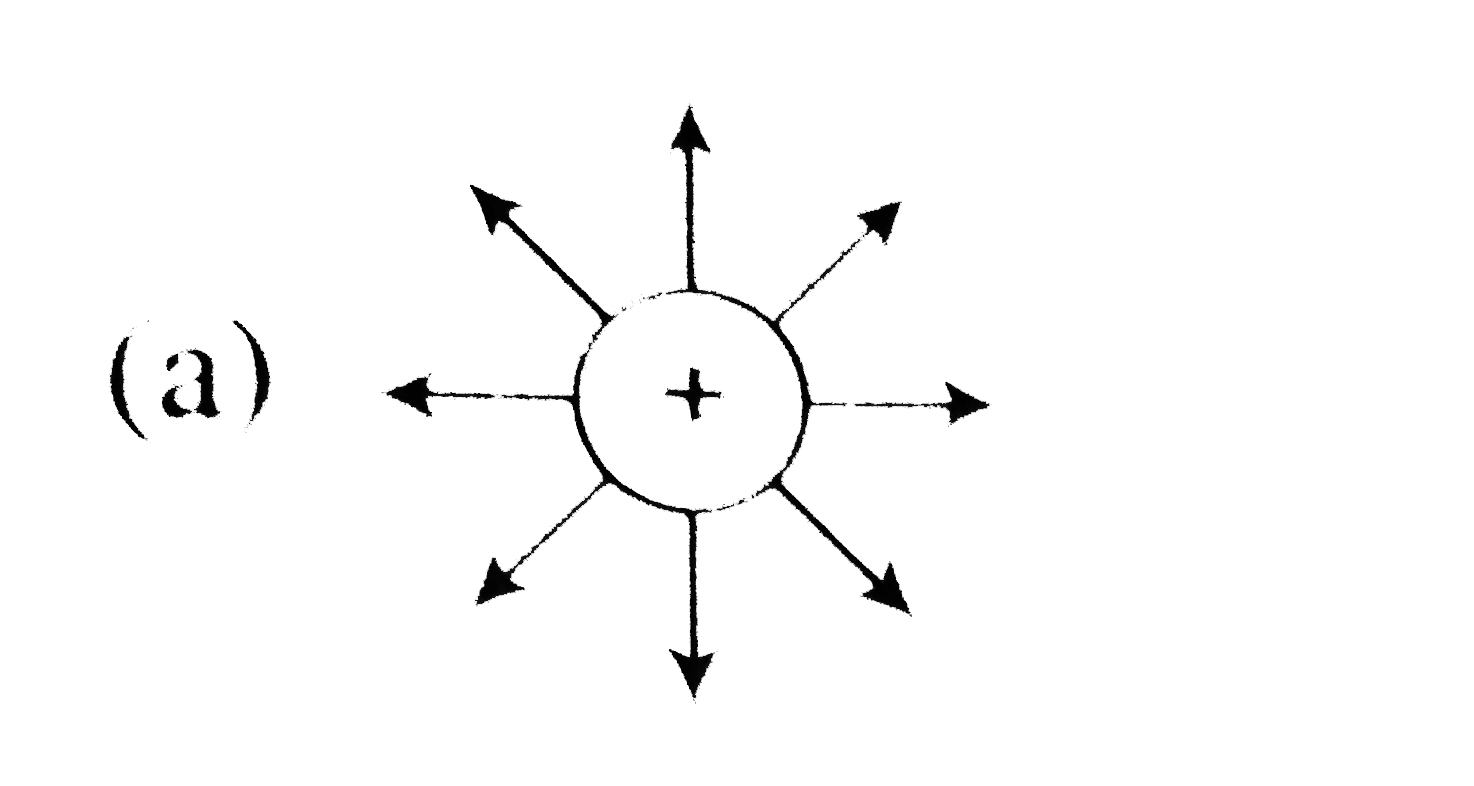
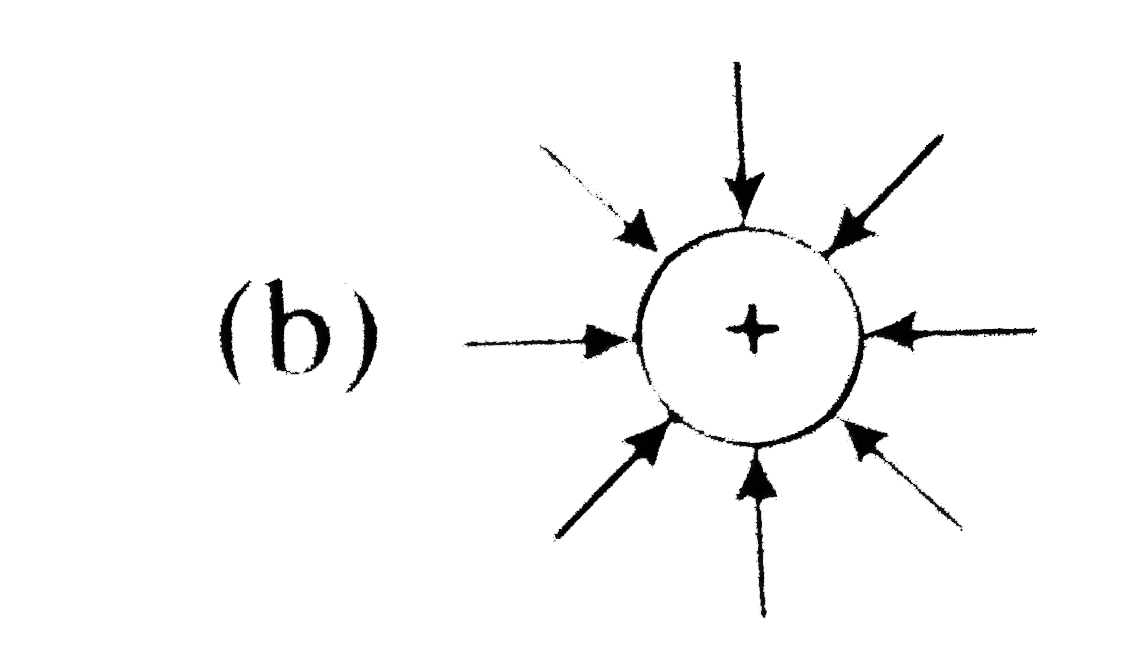

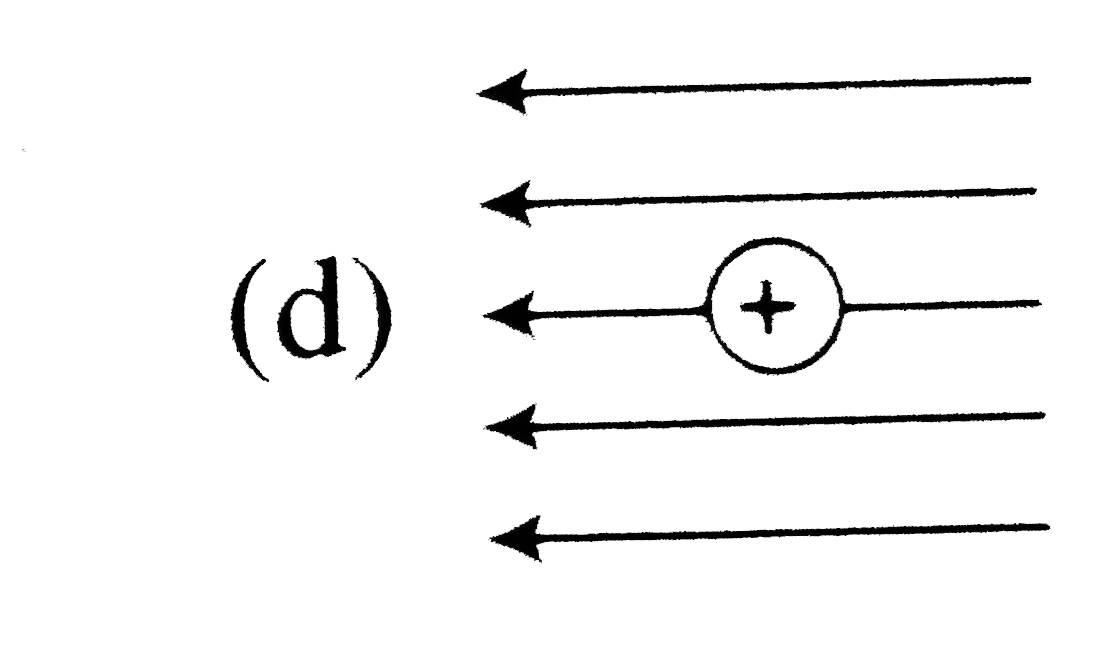
The correct Answer is:a
To determine which figure represents the electric field lines due to a single positive charge, we need to understand the characteristics of electric field lines generated by such a charge.
1. Understanding Electric Field Lines: Electric field lines represent the direction and strength of the electric field created by a charge. For a positive charge, these lines indicate the direction in which a positive test charge would move if placed in the field.
2. Direction of Electric Field Lines: Electric field lines emanate radially outward from a positive charge. This means that the lines should start from the charge and extend outward in all directions.
3. Analyzing the Options:
- Option A: Check if the lines are radiating outward from a central point. If they are, this could represent the electric field of a positive charge.
- Option B: Look for converging lines. If the lines are converging, this indicates the presence of a negative charge, which is not what we want for a positive charge.
- Option C: Check for parallel lines. Parallel lines suggest a uniform electric field, which does not represent a point charge.
- Option D: Similar to Option C, if the lines are parallel, they cannot represent a point charge.
4. Conclusion: After analyzing the options, we find that:
- Option A is the only one where the lines are radiating outward from a single point, indicating the presence of a positive charge.
- Options B, C, and D are incorrect because they either converge or are parallel, which do not represent the electric field of a positive charge.
Final Answer:
The figure that represents the electric field lines due to a single positive charge is Option A.
---
- Option A: Check if the lines are radiating outward from a central point. If they are, this could represent the electric field of a positive charge.
- Option B: Look for converging lines. If the lines are converging, this indicates the presence of a negative charge, which is not what we want for a positive charge.
- Option C: Check for parallel lines. Parallel lines suggest a uniform electric field, which does not represent a point charge.
- Option D: Similar to Option C, if the lines are parallel, they cannot represent a point charge.
- Option A is the only one where the lines are radiating outward from a single point, indicating the presence of a positive charge.
- Options B, C, and D are incorrect because they either converge or are parallel, which do not represent the electric field of a positive charge.
The figure that represents the electric field lines due to a single positive charge is Option A.
Topper's Solved these Questions
- ELECTRIC CHARGE, FIELD & FLUXBOOK - A2ZCHAPTER - ELECTRIC CHARGE, FIELD & FLUXEXERCISE - Electric Field And Gauss'S Law
25 Videos
- ELECTRIC CHARGE, FIELD & FLUXBOOK - A2ZCHAPTER - ELECTRIC CHARGE, FIELD & FLUXEXERCISE - Electric Dipole
29 Videos
- ELECTRIC CHARGE, FIELD & FLUXBOOK - A2ZCHAPTER - ELECTRIC CHARGE, FIELD & FLUXEXERCISE - Electric Field Due To Point Charge
25 Videos
- DUAL NATURE OF RADIATION AND MATTERBOOK - A2ZCHAPTER - DUAL NATURE OF RADIATION AND MATTEREXERCISE - Section D - Chapter End Test
30 Videos
- ELECTRIC POTENTIAL & CAPACITANCEBOOK - A2ZCHAPTER - ELECTRIC POTENTIAL & CAPACITANCEEXERCISE - Section D - Chapter End Test
29 Videos
Similar Questions
Knowledge Check
Which of the following figures represents the electric field lines due to a single positive charge ?
A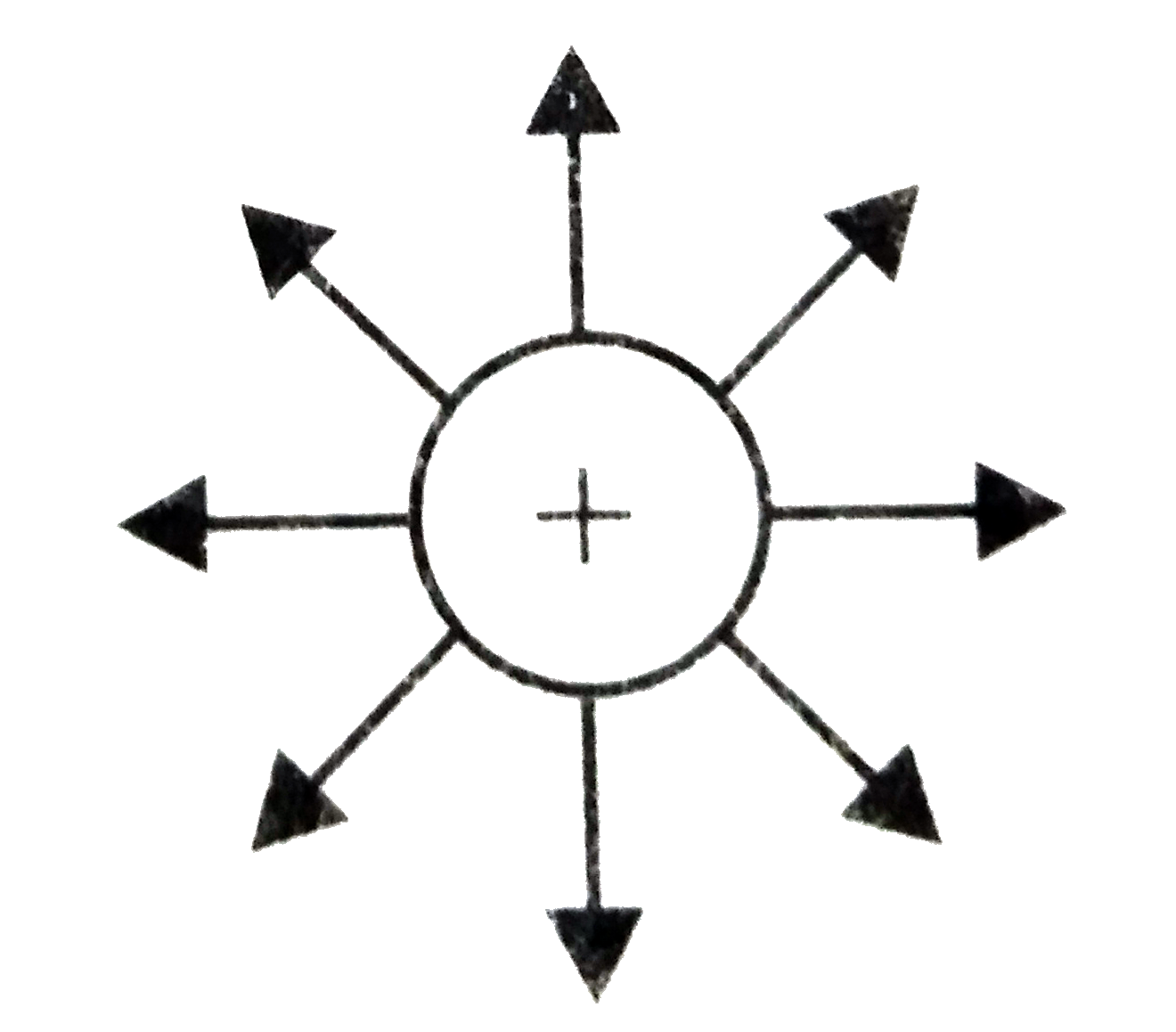 B
B C
C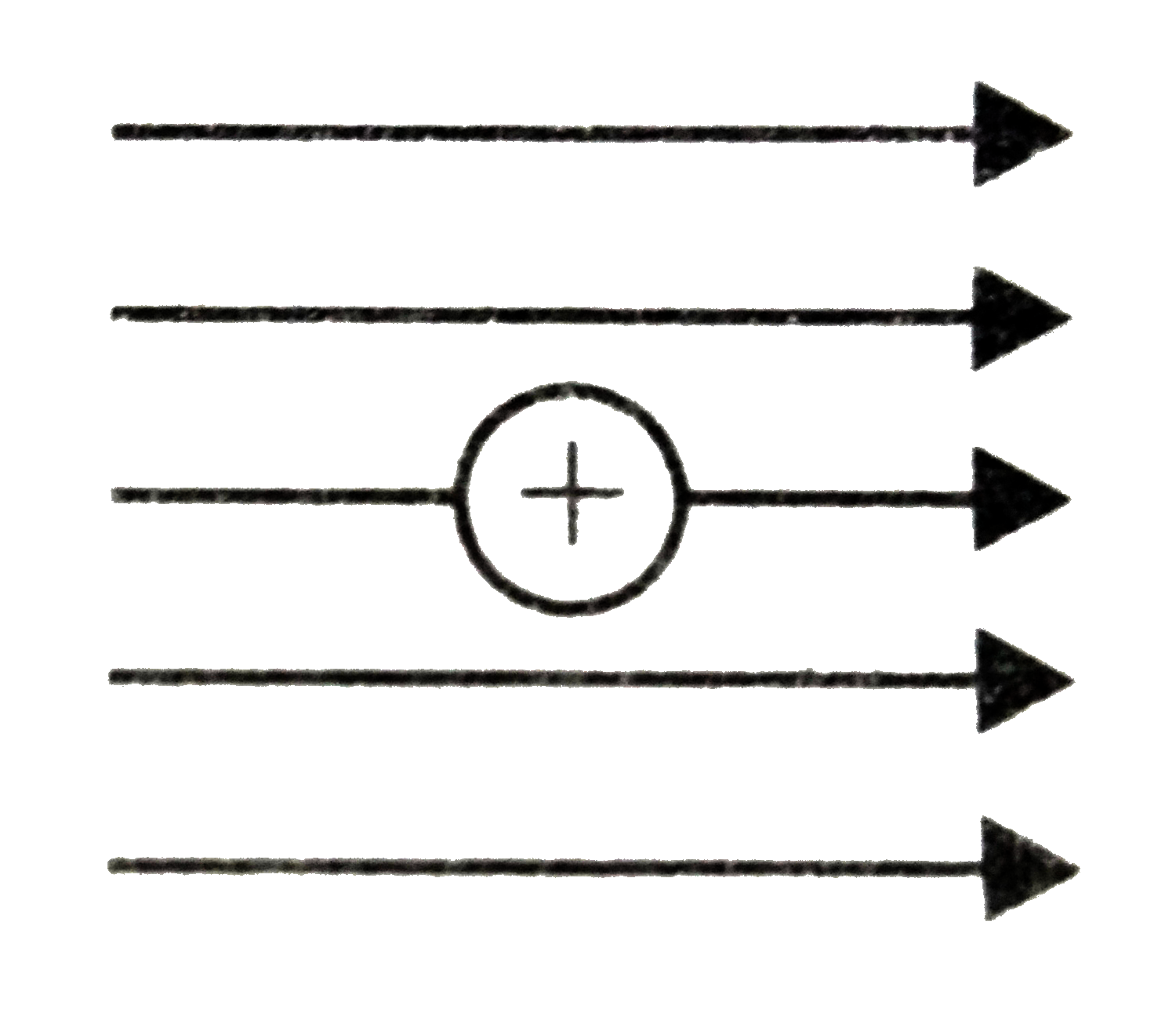 D
D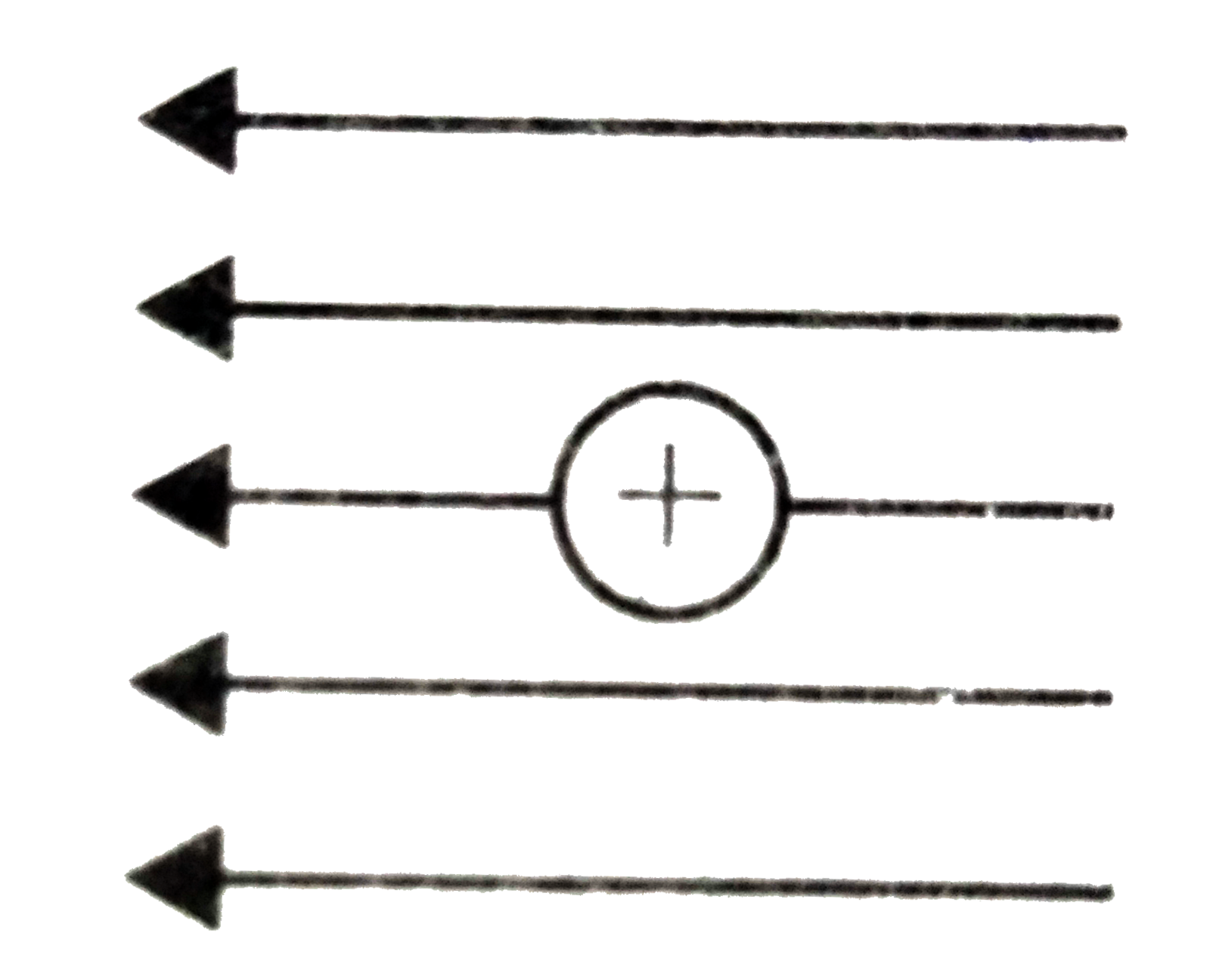
Which of the following figures represent the electric field lines due to a single negative charge?
A B
B C
C D
D
Which of the following figure represents the field lines due to a single negative charge ?
A B
B C
C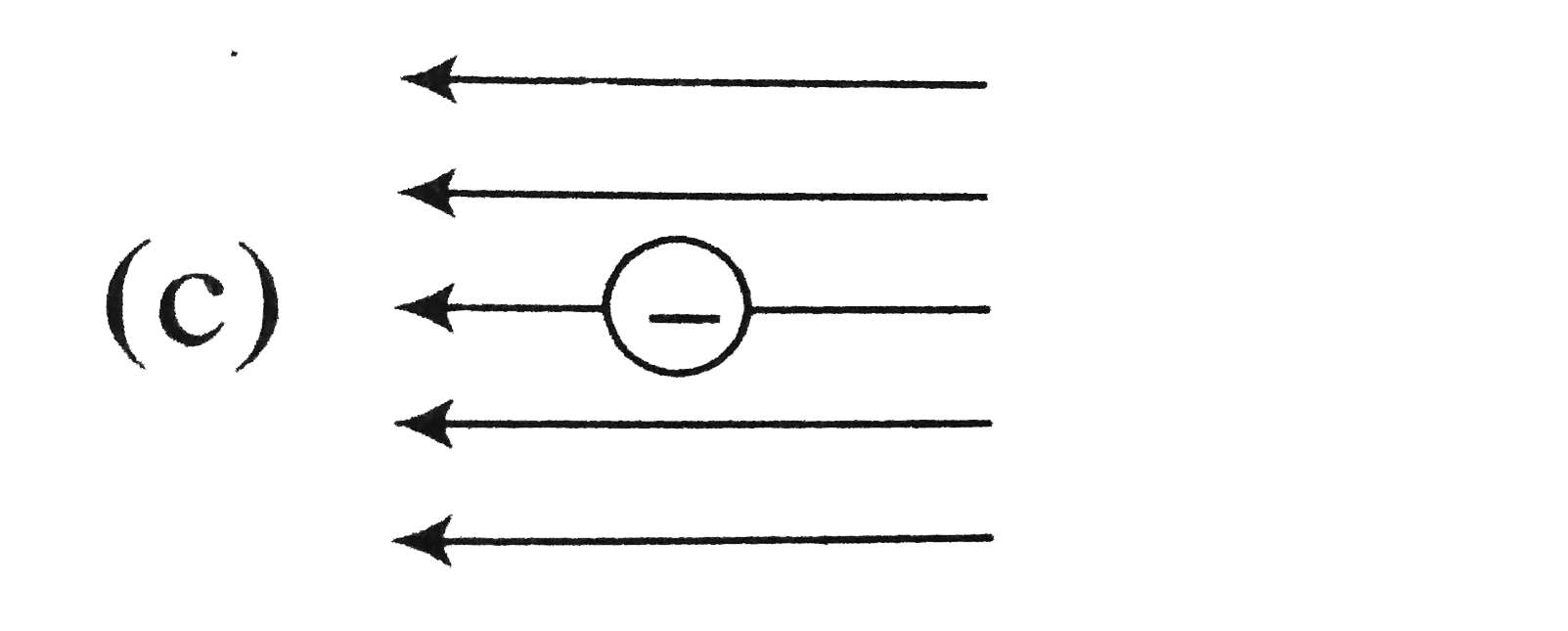 D
D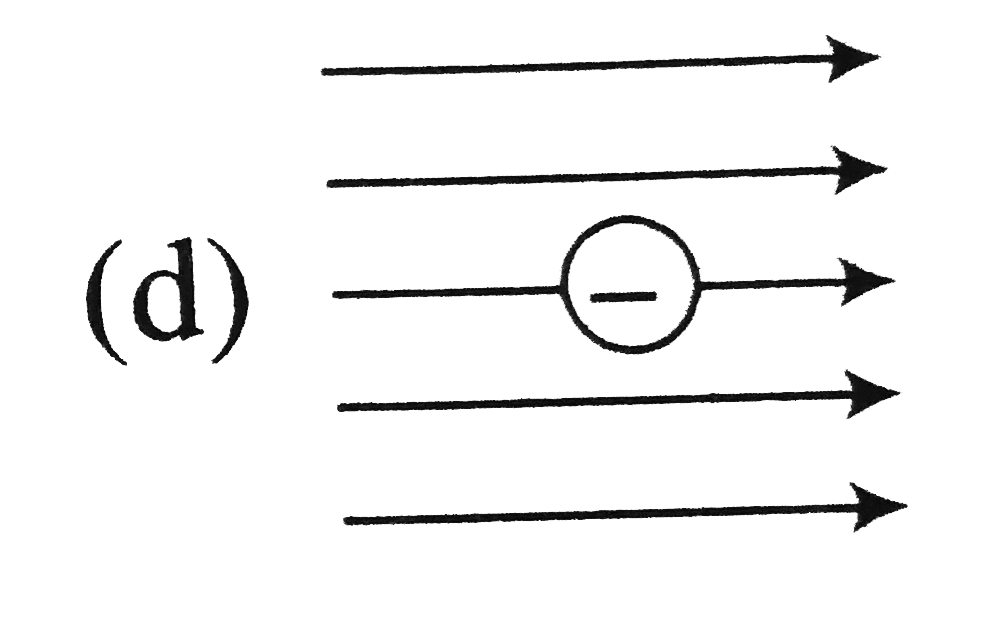
Electric field due to a single charge is
View SolutionDraw the electric field lines due to two equal and same point charges.
View SolutionWhich of the following figure represents the electronic field lines due to a combination of the one positive and one negative charge?
View SolutionWhich of the following represent the electric field lines dut to a combinations of two negative charges?
View SolutionWhich of the following represent electric field lines?
View Solution
